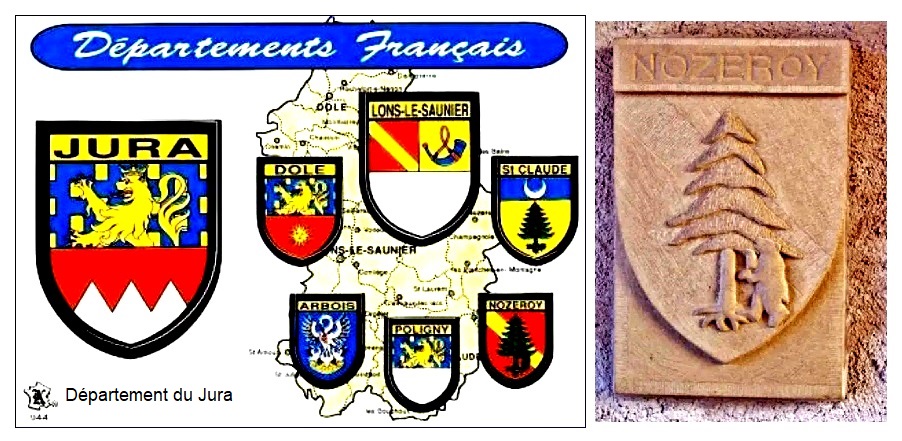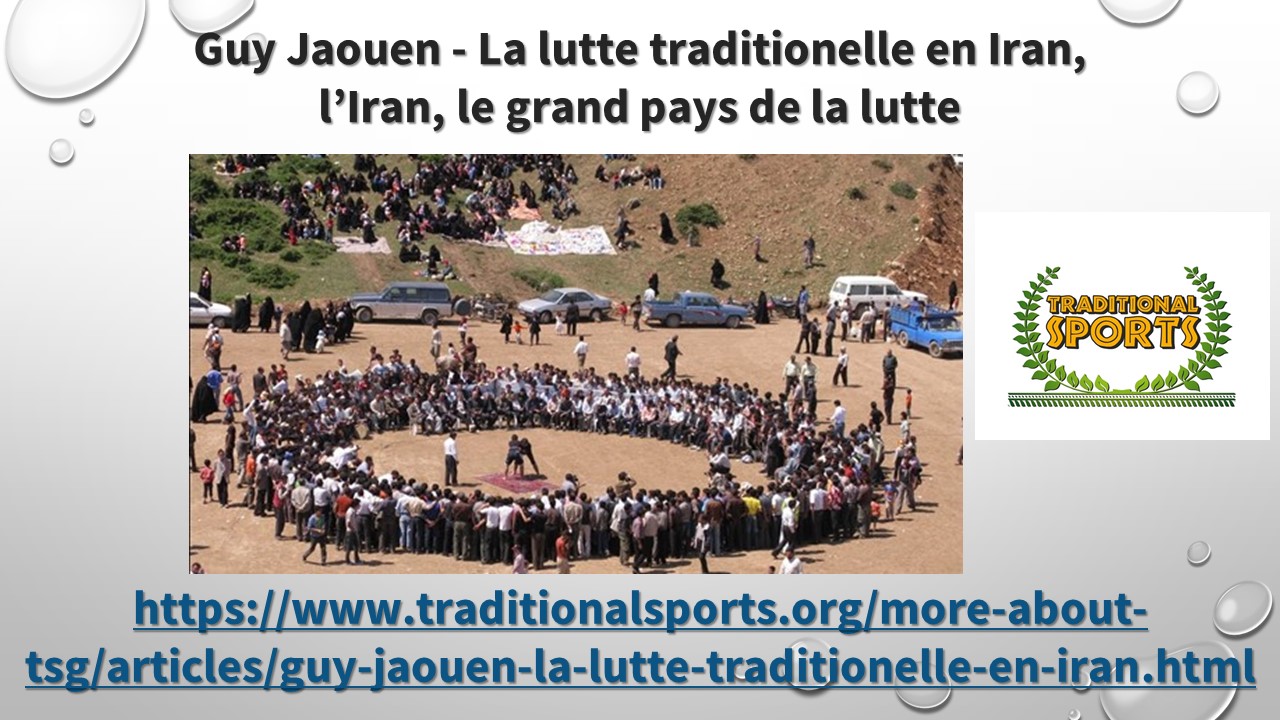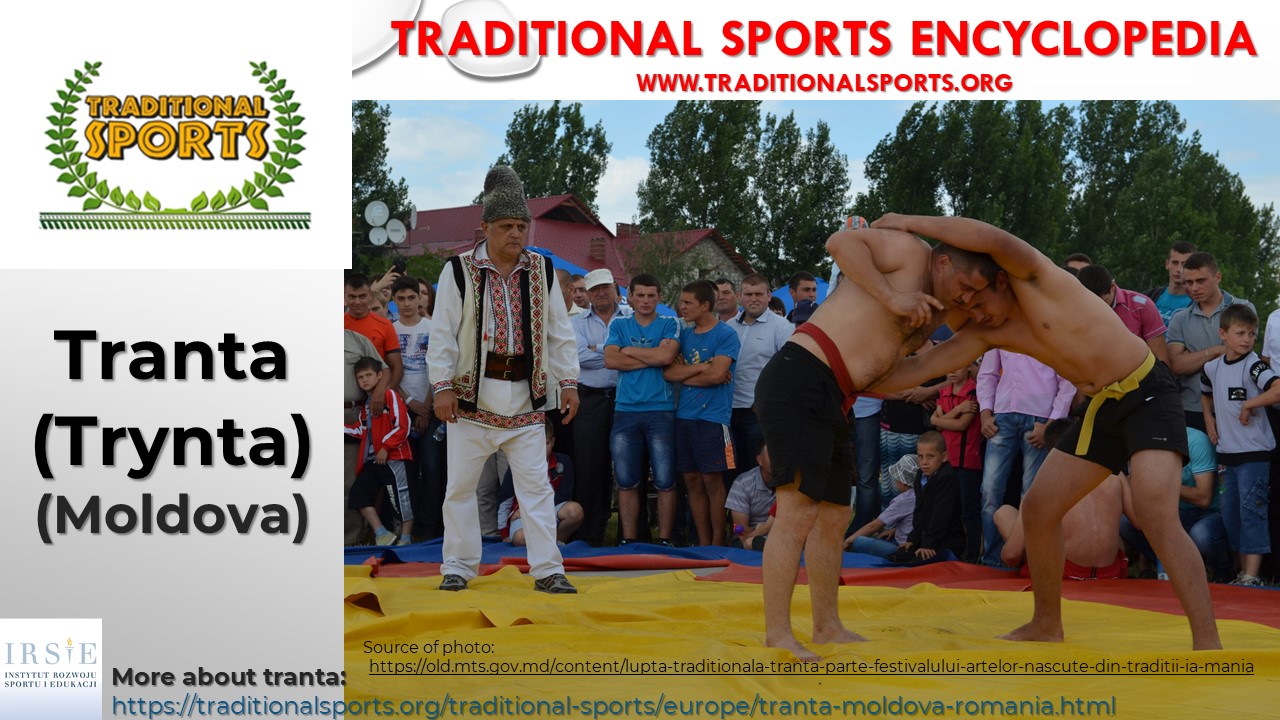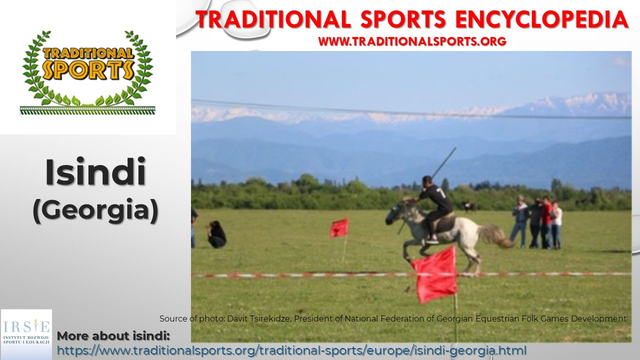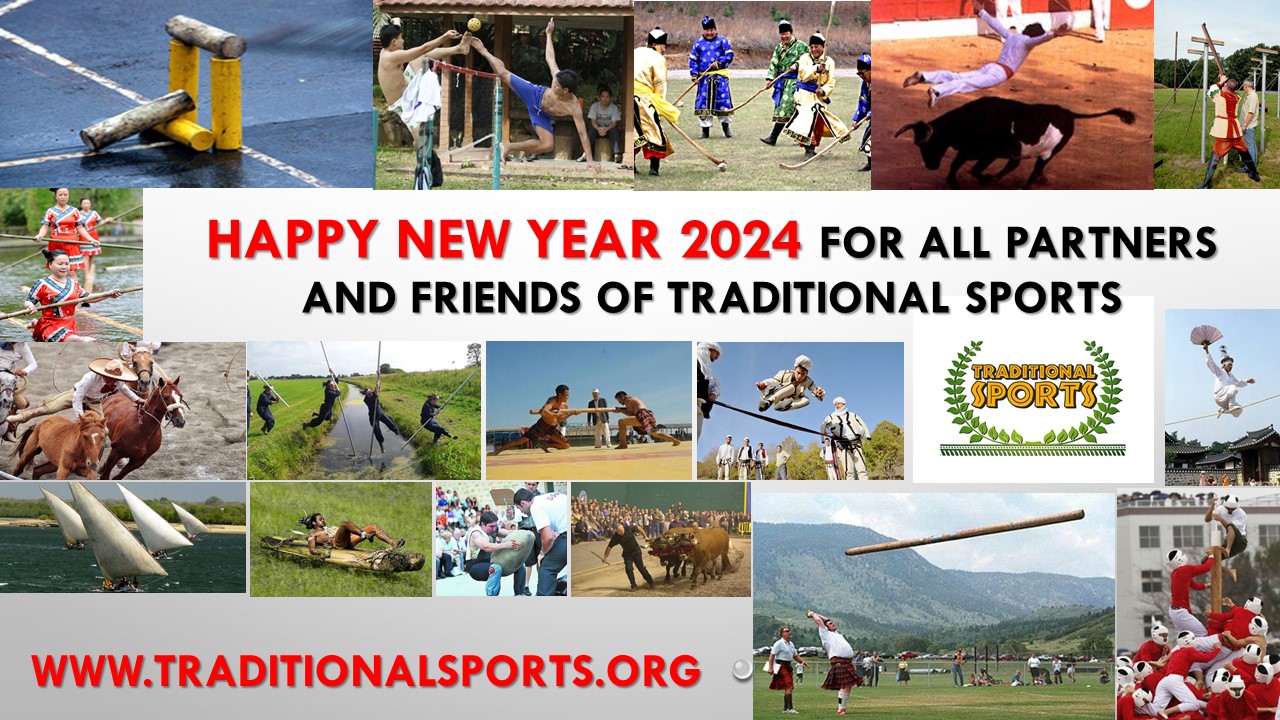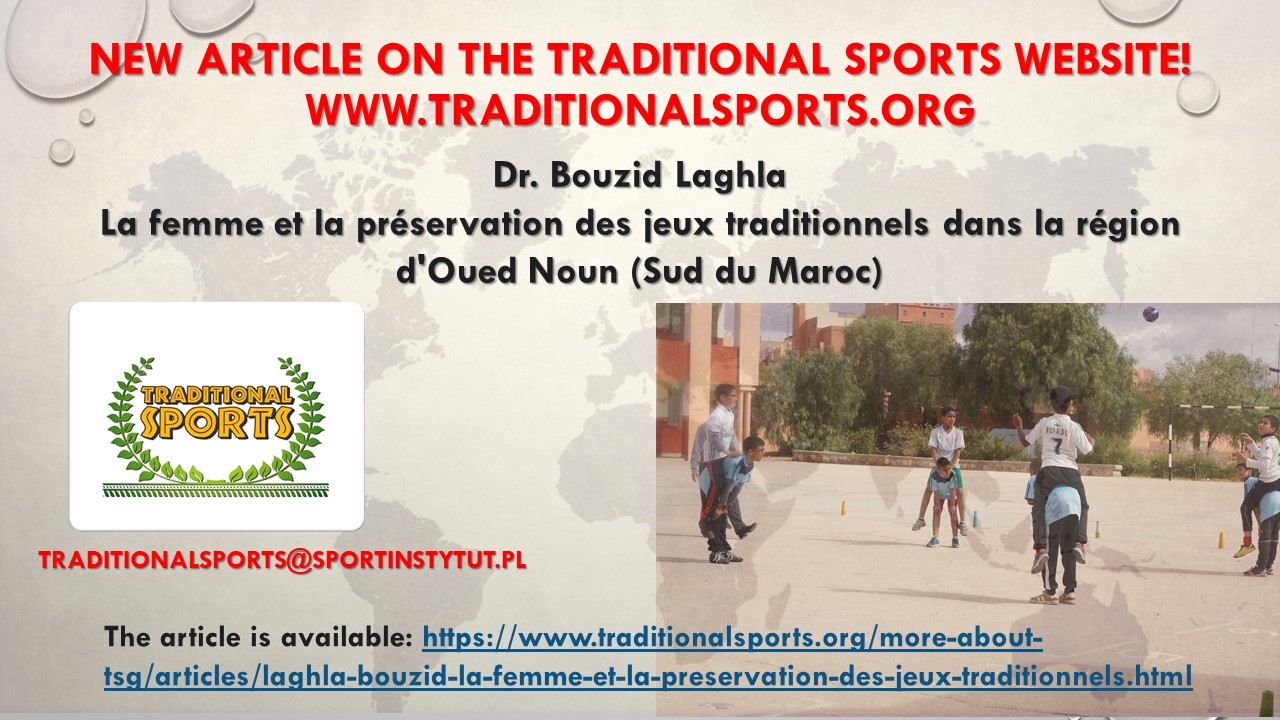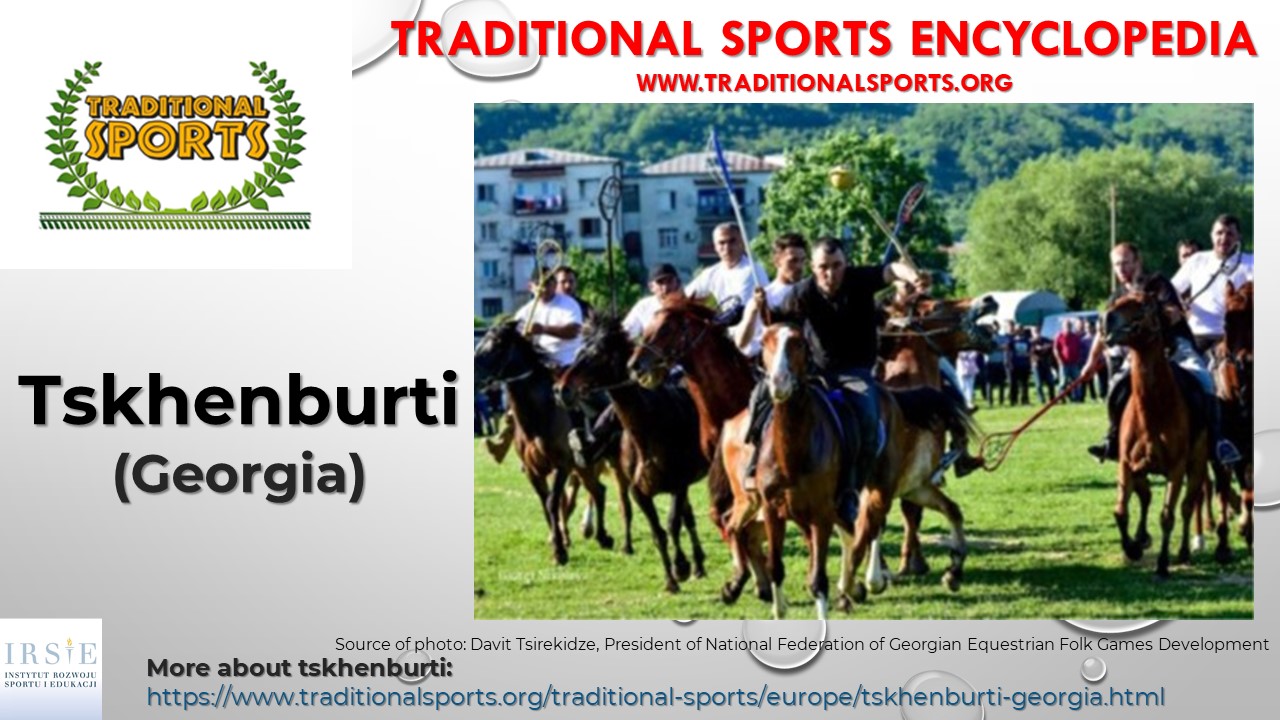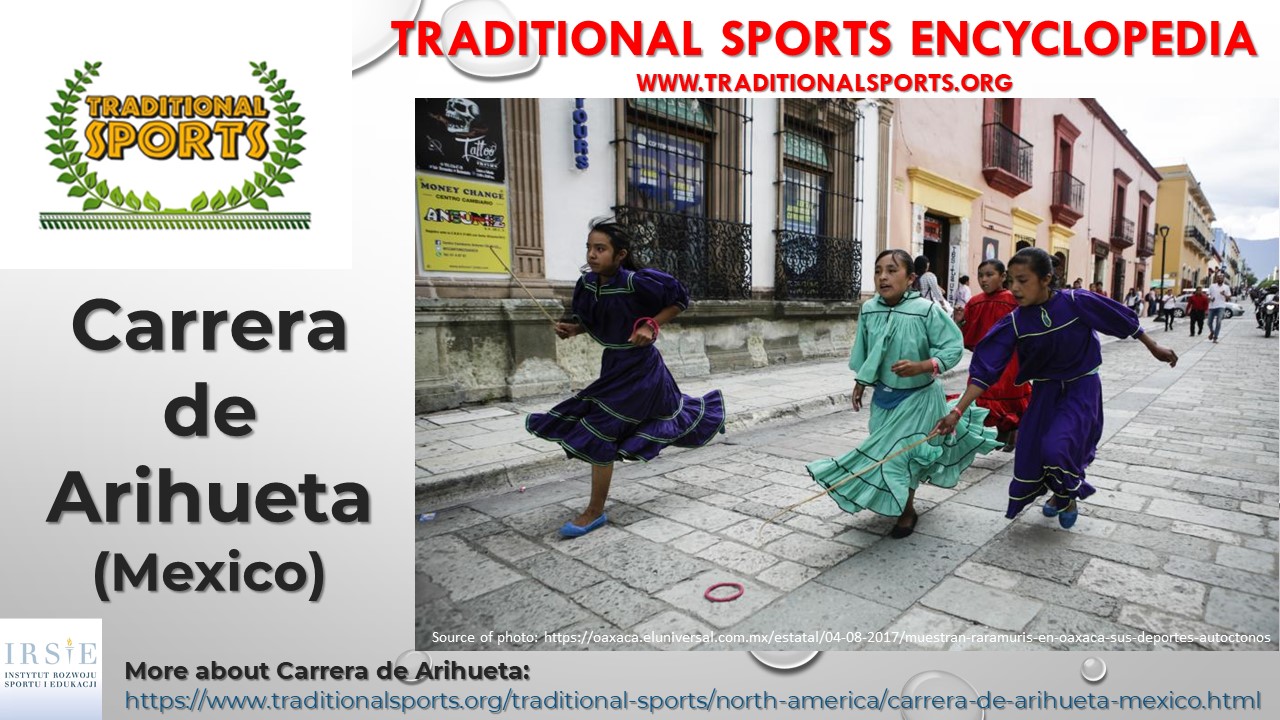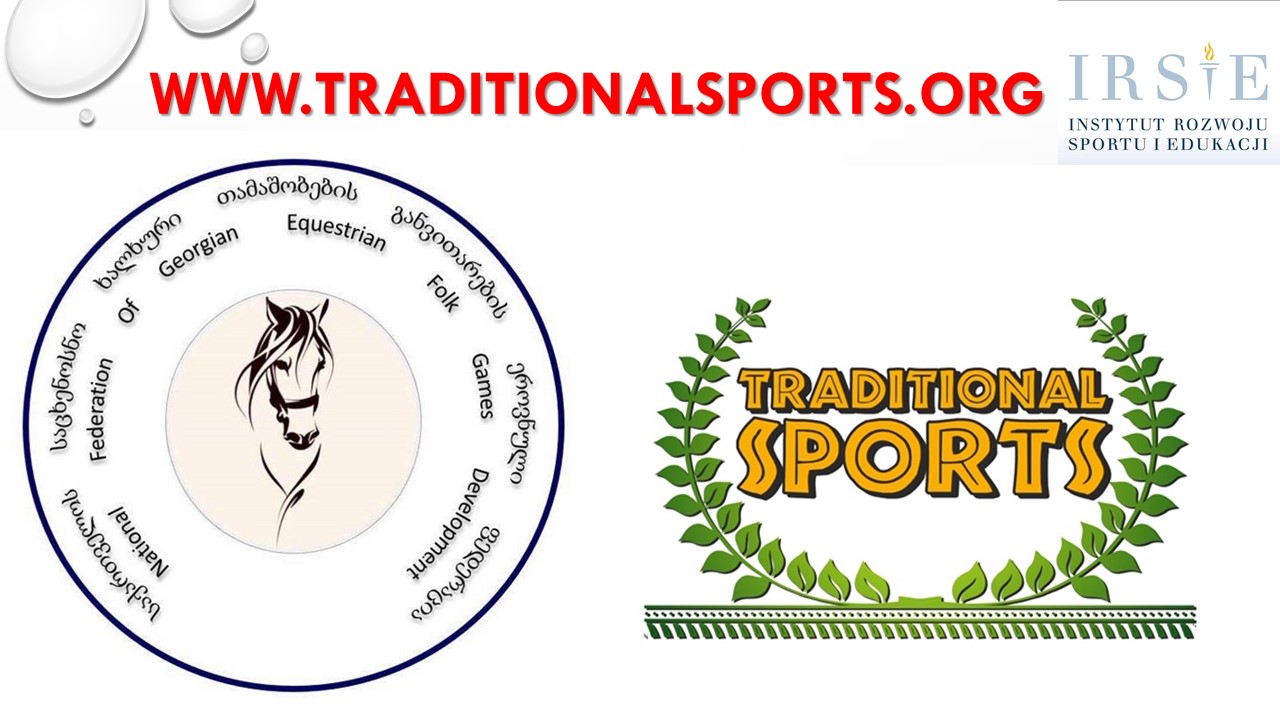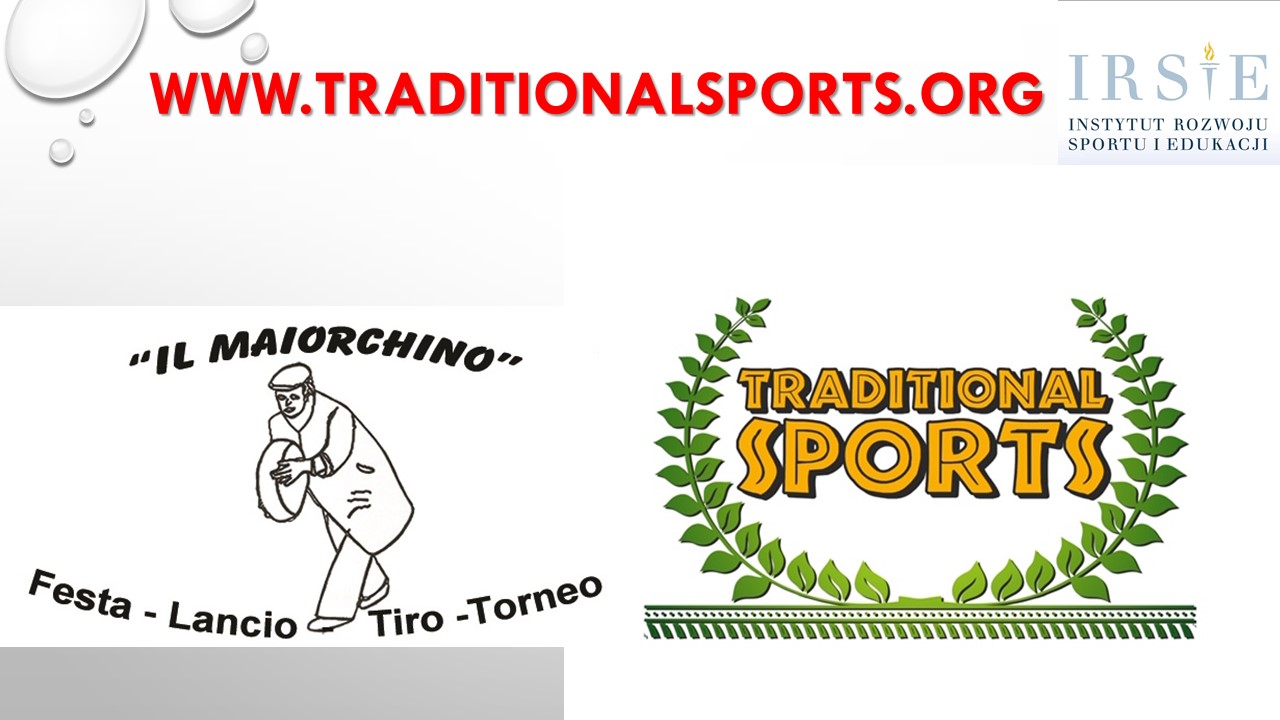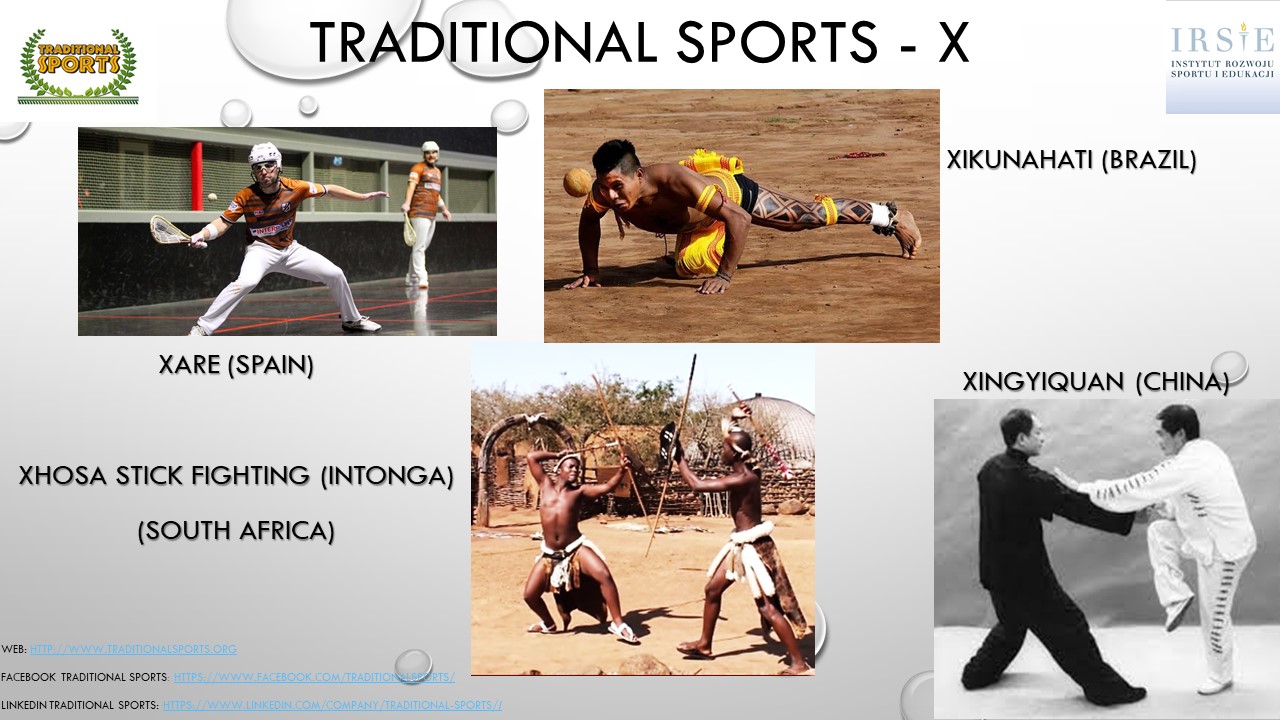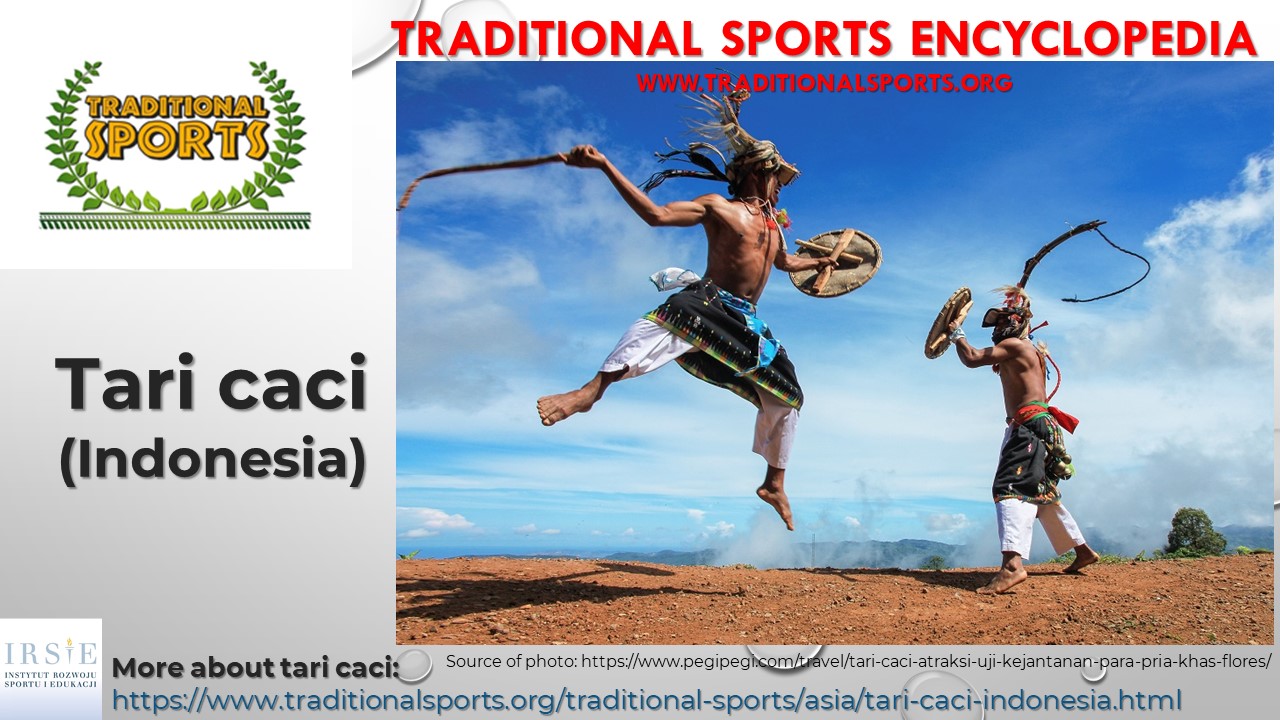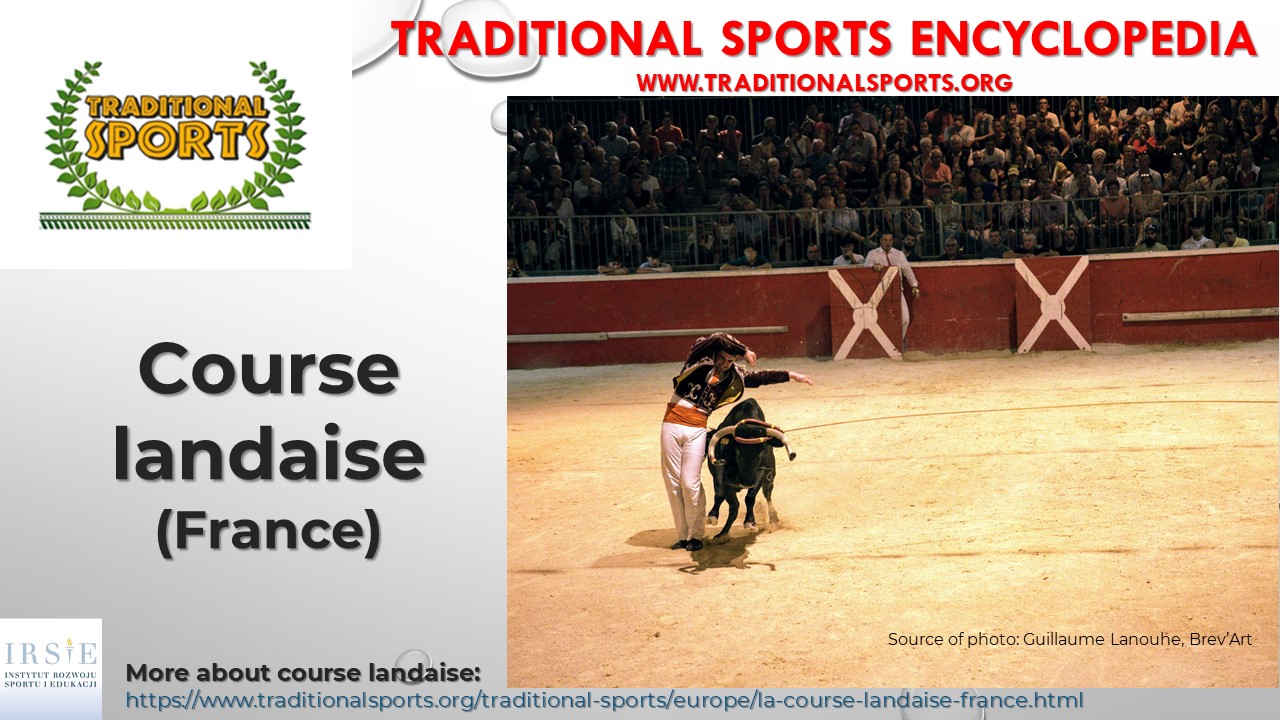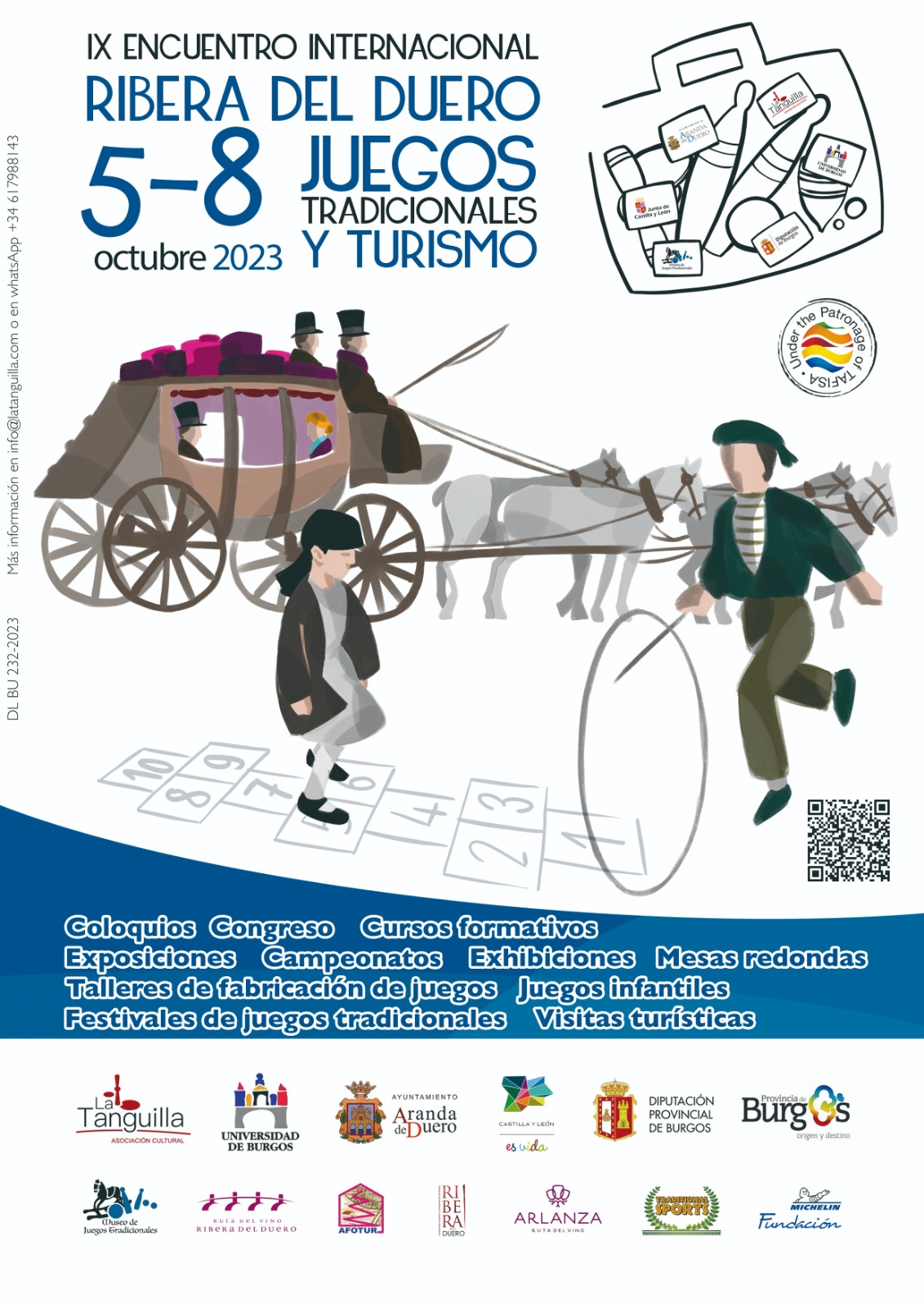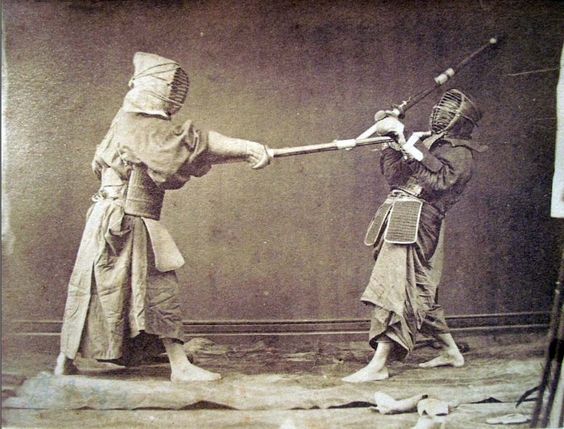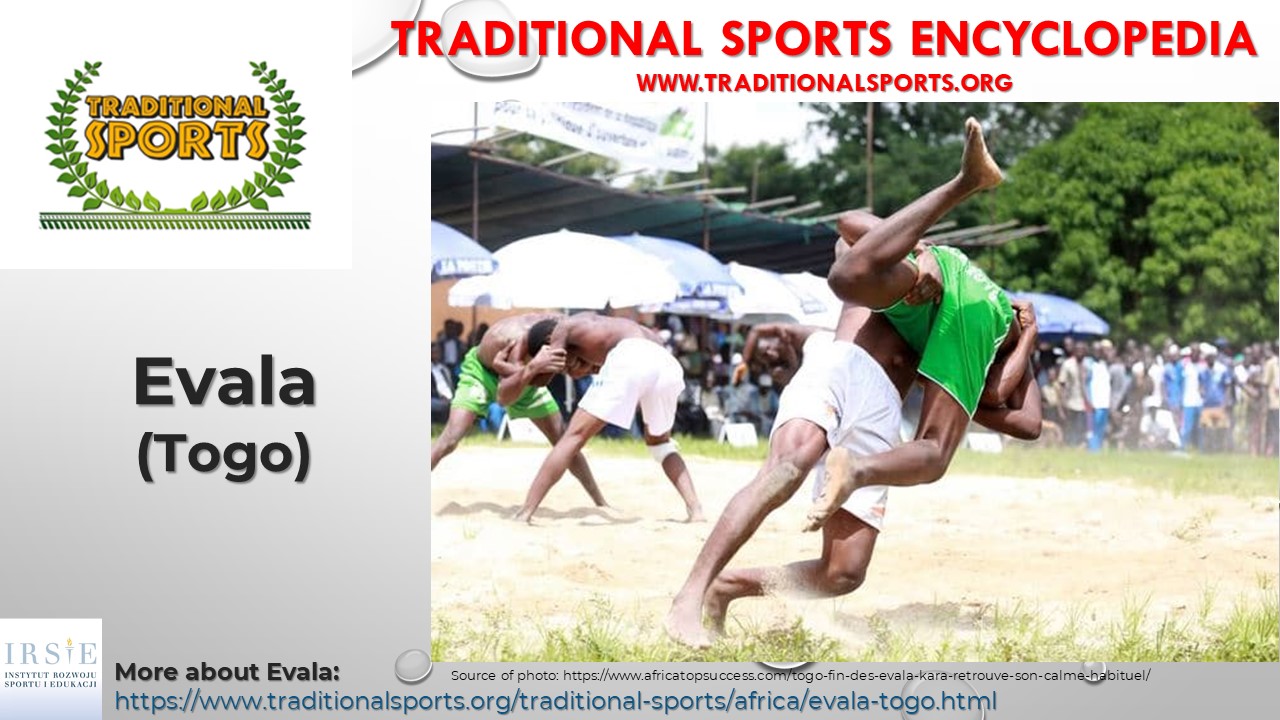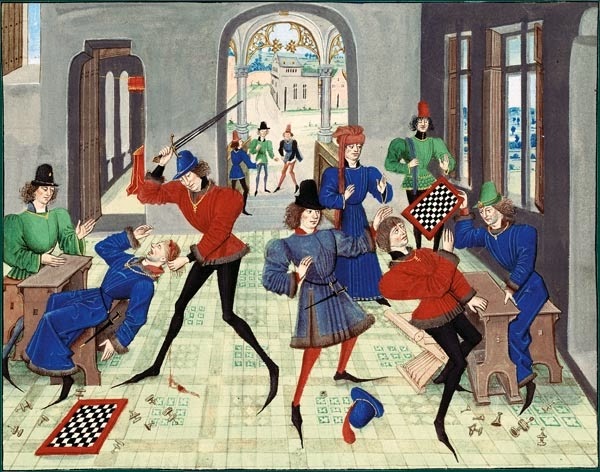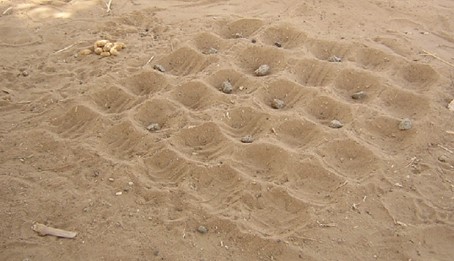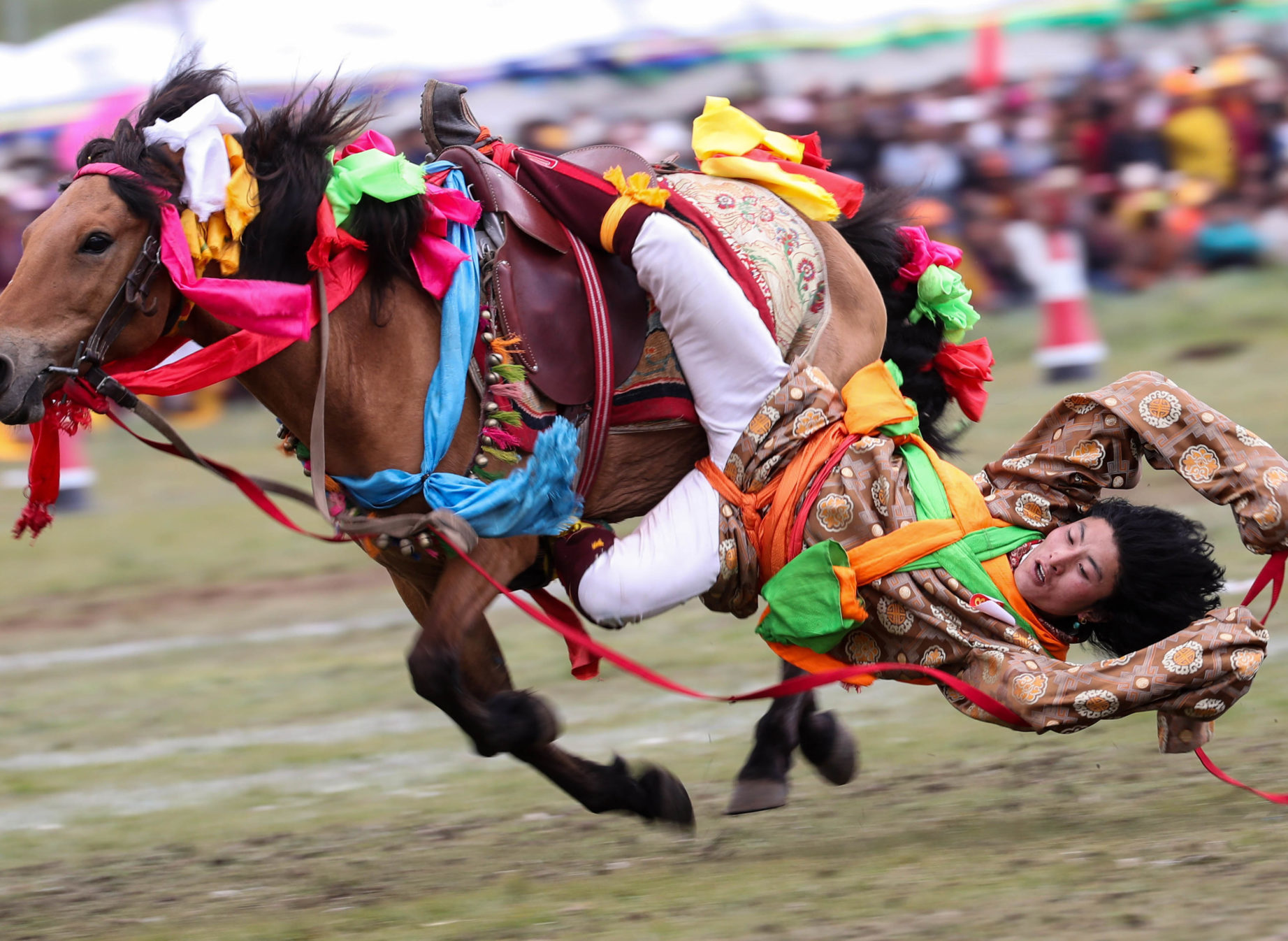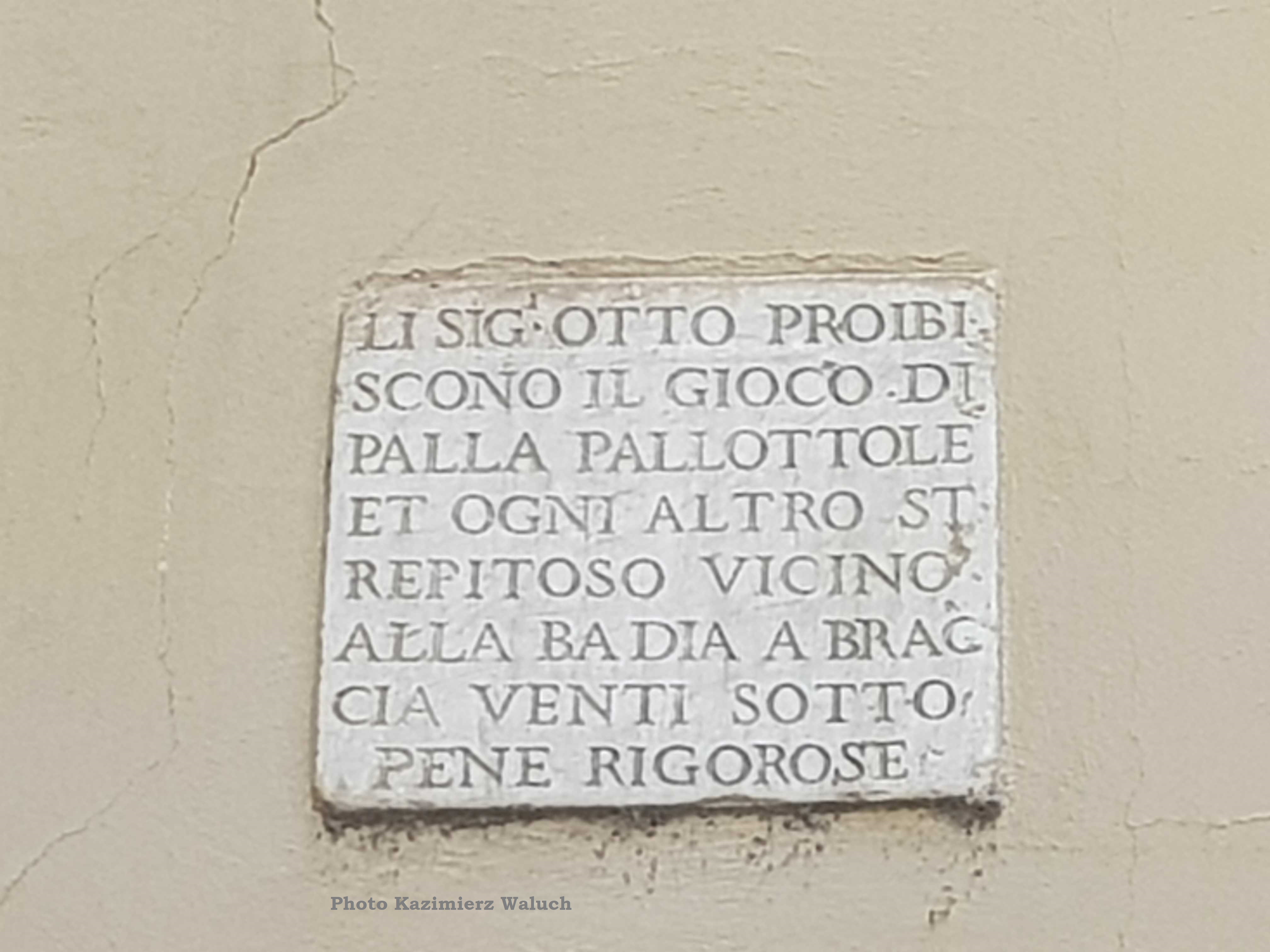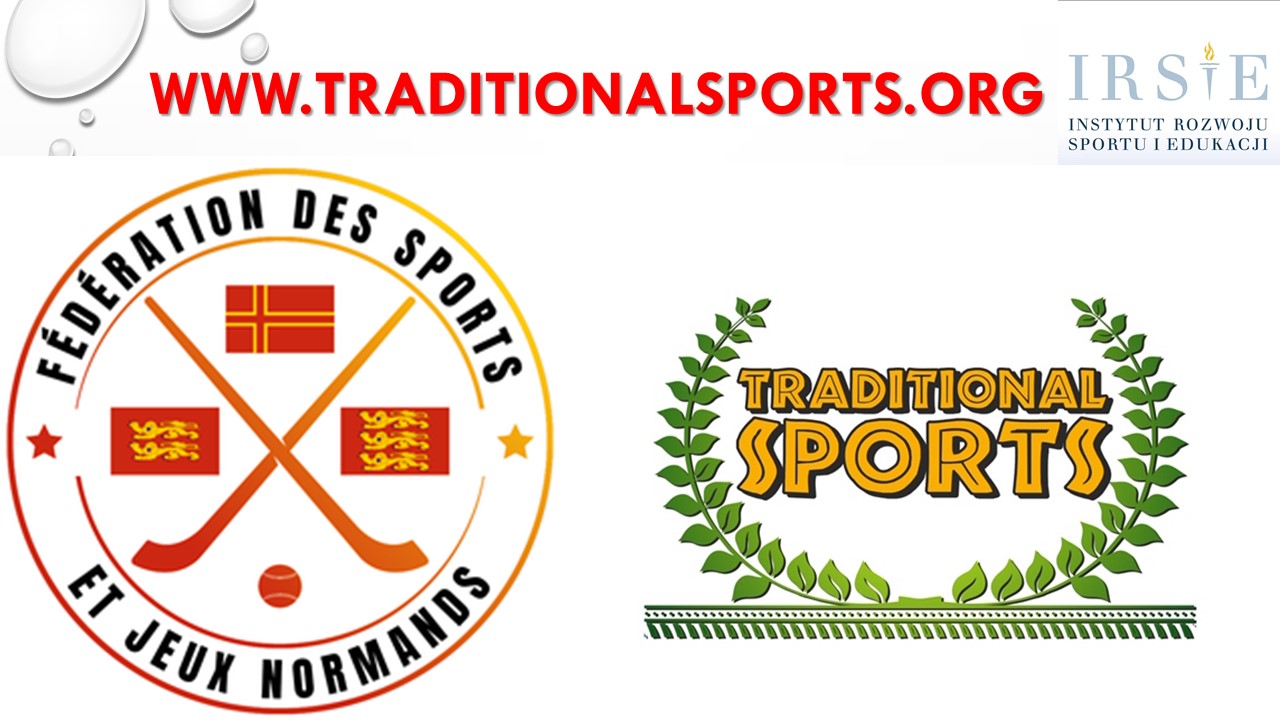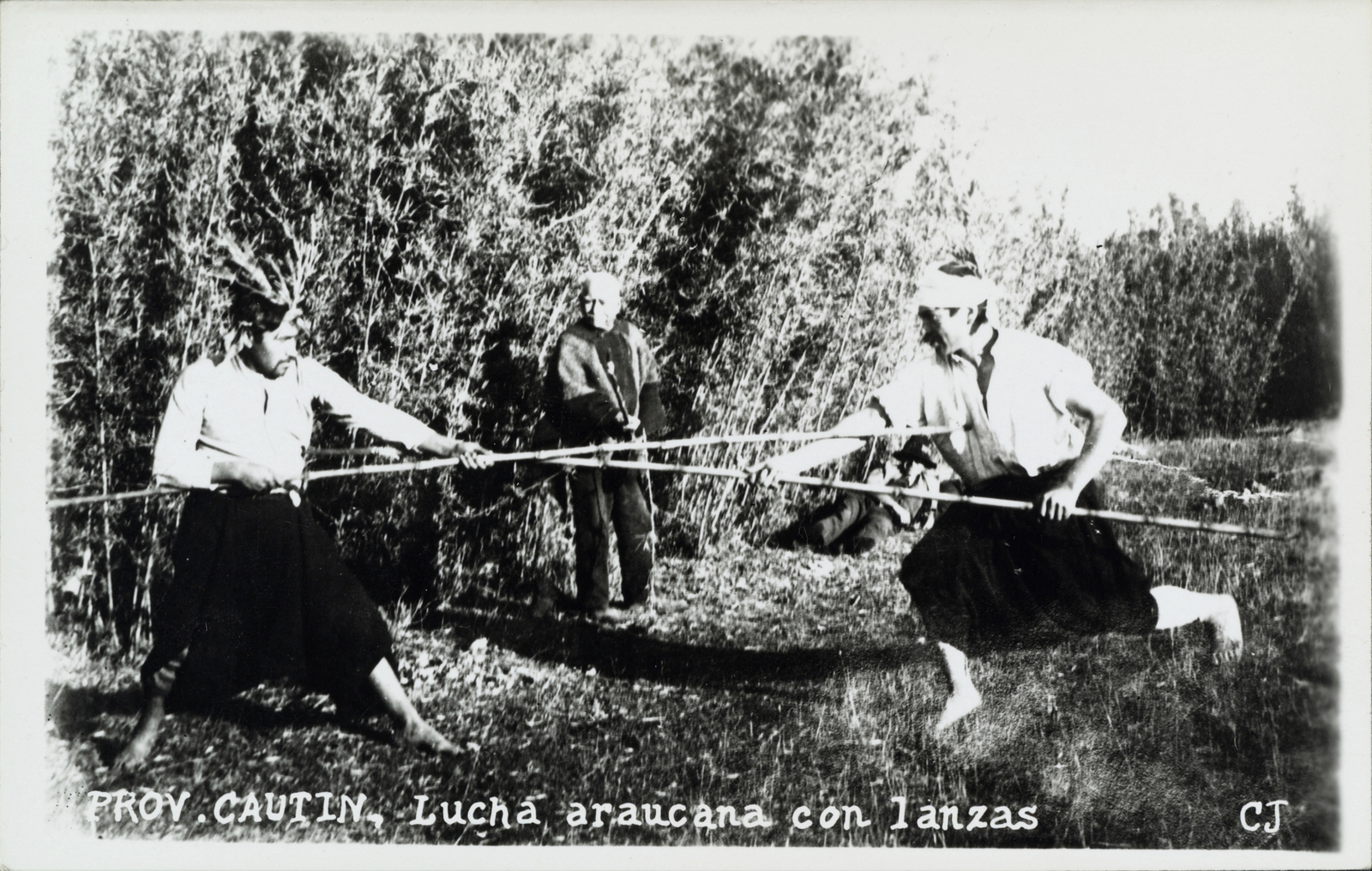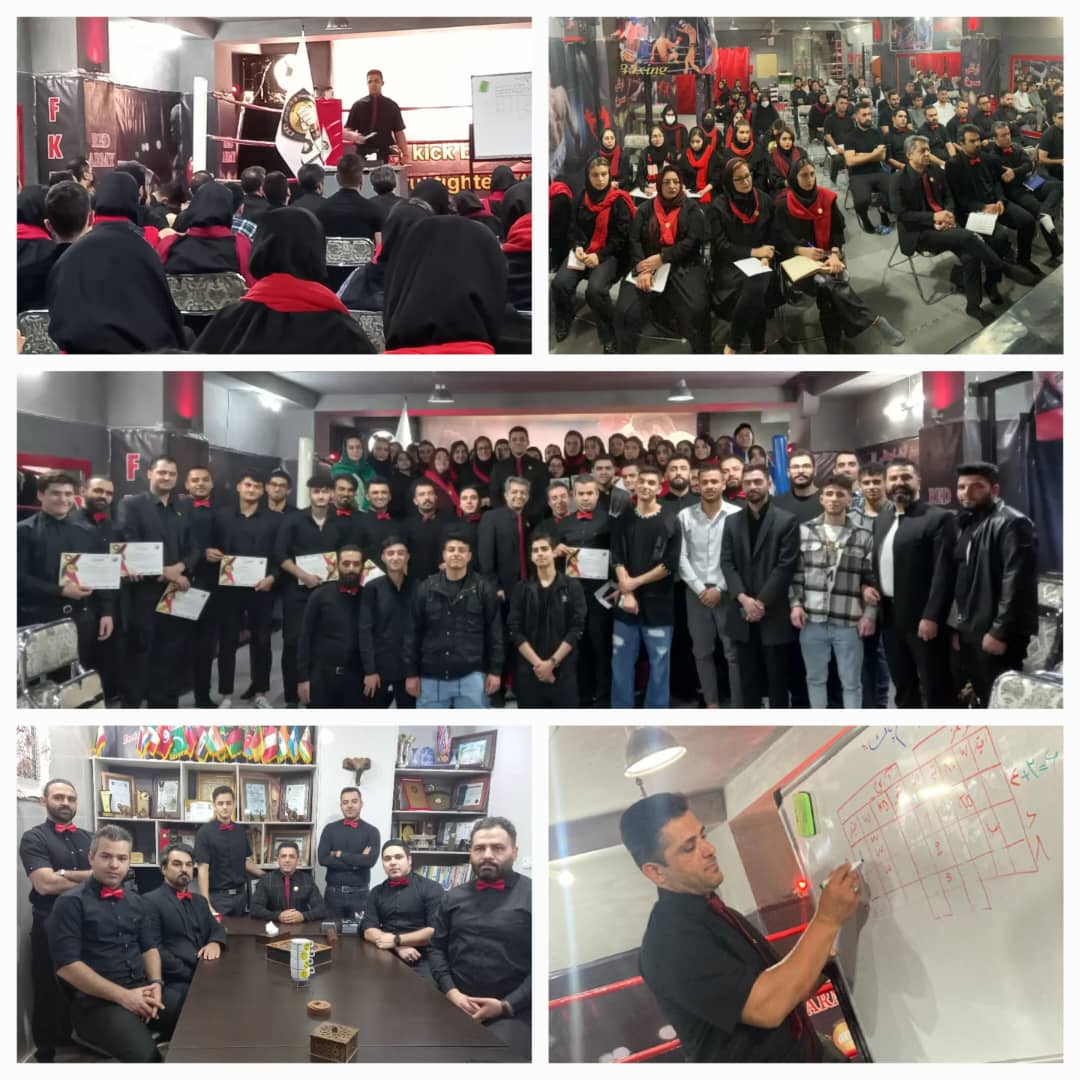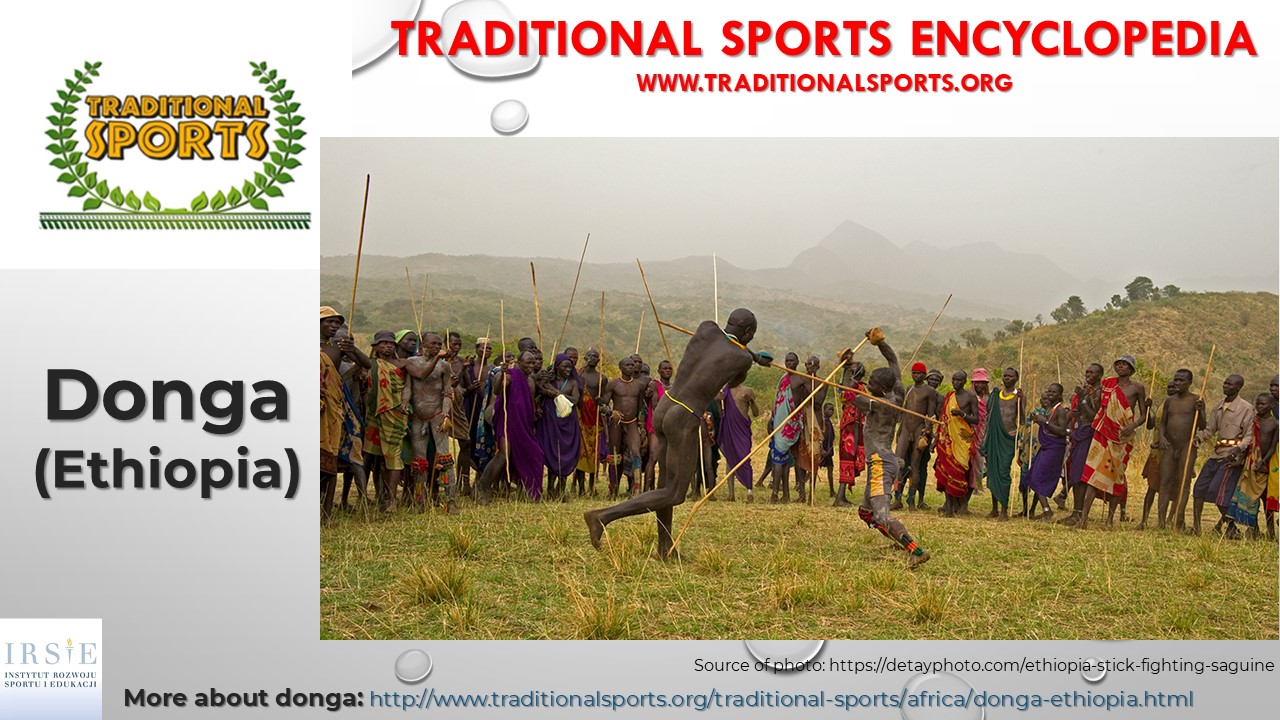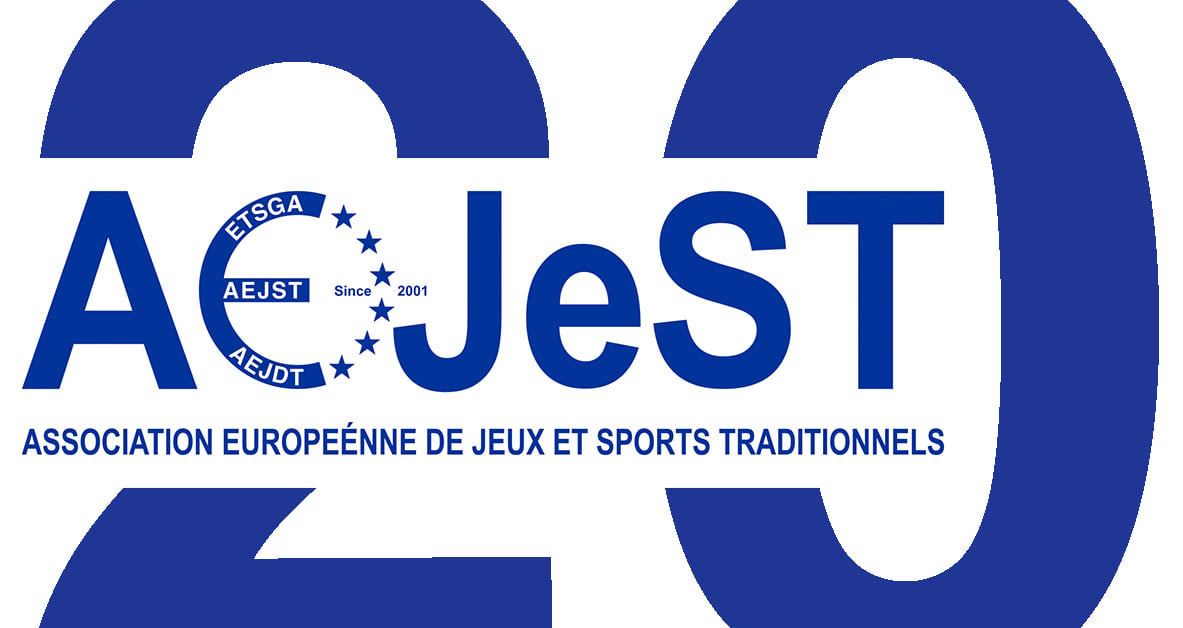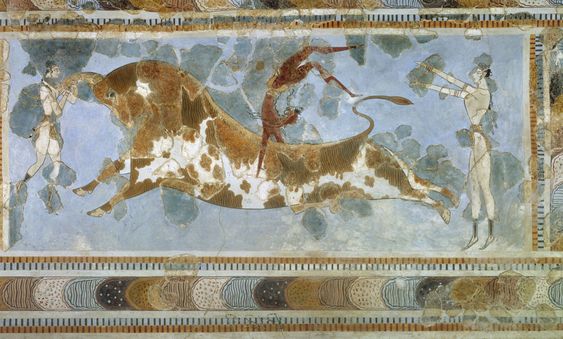WRESTLING AT THE TOURNOI DE NOZEROY, 1519.
We encourage you to read Guy Jaouen's article entitled La lutte traditionelle en Iran, l'Iran, le grand pays de la lutte (French version).
A very interesting text, which was created as a result of research in 2019, in cooperation with the Fédération Iranienne du Sport Rural et des Jeux Autochtones, and its president Gholamréz Jafari (Vice-président de l'ITSGA - International Traditional Sports & Games Association) and the President of ITSGA , Guy Jaouen.
Access to the article: https://www.traditionalsports.org/more-about-tsg/articles/guy-jaouen-la-lutte-traditionelle-en-iran.html
Thank you to Guy Jaouen for sharing this article.
In 1888 during the celebration of the Princess Day in Amsterdam (Netherlands) a traditional wrestling tournament was held. This championship tournament was part of the folk sports competitions. The champion wrestler received a gold watch. The historical name of that style of wrestling was Lyfvat. The rules of Lyfvat were very simple: the wrestlers try to throw their opponent onto his back from standing position. Only taking holds from hips to shoulders (including arms) are allowed. Tripping feet is prohibited.
Material Prepared By: Ruslan C Pashayev of Ohio, United States.
Special Thanks To: Paul Lengkeek of Utrecht and Jannes Huizing of Groningen.
In 1888 werd ter gelegenheid van de viering van Prinsessendag in Amsterdam (Nederland) een traditioneel worsteltoernooi gehouden. Dit kampioenschapstoernooi maakte deel uit van de volkssportcompetities. De kampioenworstelaar ontving een gouden horloge. De historische naam van die worstelstijl was Lyfvat. De regels van Lyfvat waren heel eenvoudig: de worstelaars proberen hun tegenstander vanuit staande positie op zijn rug te gooien. Alleen het vasthouden van heupen tot schouders (inclusief armen) is toegestaan. Struikelen met de voeten is verboden.
Materiaal voorbereid door: Ruslan C Pashayev uit Ohio, Verenigde Staten.
Speciale dank aan: Paul Lengkeek uit Utrecht en Jannes Huizing uit Groningen.



Tranta – traditional sport from Moldova
On the website of traditional sports www.traditionalsports.org we have posted an article about tranta - traditional sport of Moldova: https://traditionalsports.org/traditional-sports/europe/tranta-moldova-romania.html
We would like to present this sport as best as possible.
If you want to add or correct something, add photos, videos or any information, we are waiting for your suggestion and materials:
Isindi – traditional sport from Georgia
On the website of traditional sports www.traditionalsports.org we have posted an article about isindi - traditional sport of Georgia: https://www.traditionalsports.org/traditional-sports/europe/isindi-georgia.html
We would like to present this sport as best as possible. If you want to add or correct something, add photos, videos or any information, we are waiting for your suggestion and materials:
Thank you Davit Tsirekidze, President of National Federation of Georgian Equestrian Folk Games Development for the informations and photos.
New article on the Traditional Sports website!
We invite you to read an interesting article by Dr. Bouzid Laghla - La femme et la préservation des jeux traditionnels dans la région d'Oued Noun (Sud du Maroc).
The article is available: https://www.traditionalsports.org/more-about-tsg/articles/laghla-bouzid-la-femme-et-la-preservation-des-jeux-traditionnels.html
Tskhenburti – traditional sport from Georgia - New article in the Encyclopedia of Traditional Sports
New article in the Encyclopedia of Traditional Sports!
Tskhenburti – traditional sport from Georgia
On the website of traditional sports www.traditionalsports.org we have posted an article about tskhenburti - traditional sport of Georgia: https://www.traditionalsports.org/traditional-sports/europe/tskhenburti-georgia.html
We would like to present this sport as best as possible. If you want to add or correct something, add photos, videos or any information, we are waiting for your suggestion and materials:
Carrera de Arihueta – traditional sport from Mexico
This activity is practiced by the Tarahumara ethnic group of Chihuahua. The race is authentically of Tarahumara origin, the elders say that it is as old as the ball race.
On the website of traditional sports www.traditionalsports.org we have posted an article about carrera de Arihueta - traditional sport of Mexico: https://www.traditionalsports.org/traditional-sports/north-america/carrera-de-arihueta-mexico.html
National Federation Of Georgian Equestrian Folk Games Development
Great news!
Welcome Circolo Sportivo Olimpia Il Maiorchino, a new Partner who joins the group of Traditional Sports Partners.
Partners from around the world promote traditional sports together as part of the global Traditional Sports project. Our goal is to promote the extraordinary cultural heritage of traditional sport.
Traditional Sport has over 50 Partners from all continents. We would like to thank all Partners of the Traditional Sports project, because thanks to you we create a real Traditional Sports family, we show the power of our passions, and above all, we share our cultural heritage.
More information about Circolo Sportivo Olimpia Il Maiorchino: https://www.traditionalsports.org/partners/organizations/circolo-sportivo-olimpia-il-maiorchino-italy.html
We continue our list of traditional sports, today the letter X
We encourage you to jointly create a list of traditional sports. If you know other traditional sports starting with the letter X, if there are such sports in your culture, please include their name in the comment, and we will certainly add this name to the list.
We invite you to complete the list of traditional sports together!
Join, share, distribute, comment!
New article in the Encyclopedia of Traditional Sports!
Tari caci – traditional sport of Indonesia
On the website of traditional sports www.traditionalsports.org we have posted an article about tari caci - traditional sport of Indonesia: https://www.traditionalsports.org/traditional-sports/asia/tari-caci-indonesia.html
In the article: information about sport, many interesting attachment, photos, sources of information.
If you want to add or correct something, add photos, videos or any information, we are waiting for your suggestion and materials:
We recommend an article in the Encyclopedia of Traditional Sports
La course landaise – traditional sport of France
IX Encuentro Internacional Ribera del Duero, Juegos Tradicionales y Turismo
We invite everyone to participate in this event!
Thank you Carlos de la Villa for the information and congratulations on a great event!
Asociación cultural La Tanguilla is a Partner of Traditional Sports
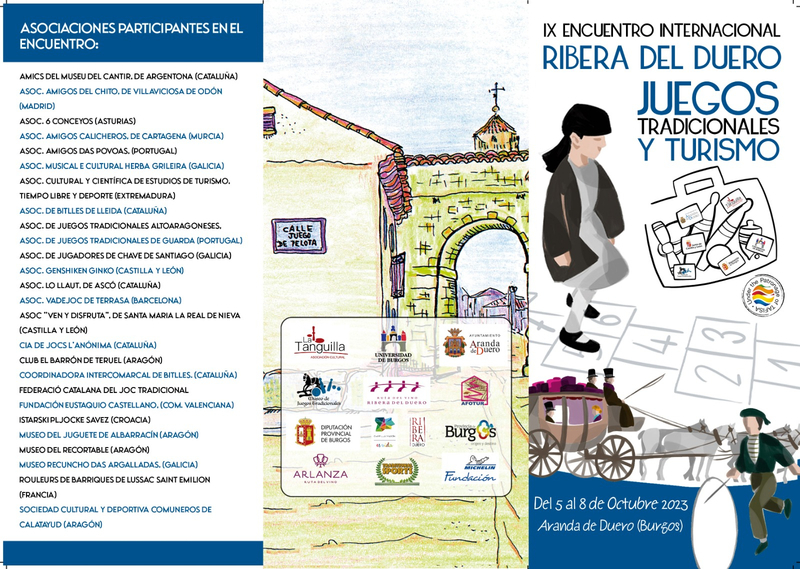
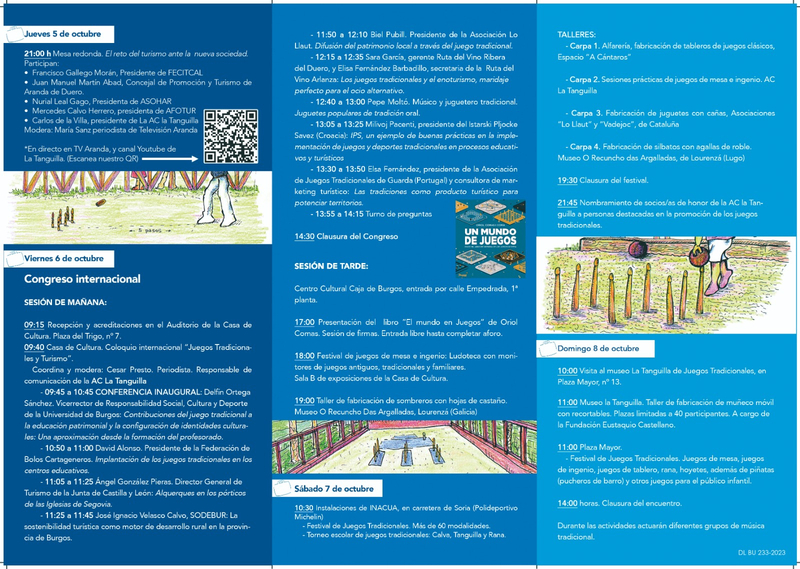
Kendo from "Young Japan. Yokohama and Yedo. A Narrative of the Settlement and the City from the Signing of the Treaties in 1858, to the Close of the Year 1879" by John Reddie Black (1826-1880), born in Scotland but lived most of his life in China and Japan.
Source (text and photo): https://pl.pinterest.com/pin/2462974779633136/
New article in the Encyclopedia of Traditional Sports!
Evala – traditional sport from Togo
Two larger chess boards: an 9 by 8 board on the floor and an 8 by 10 board in the hand of one of the brawlers.
For the Tibetan people, horses are a significant part of their daily lives and culture. Multiple breeds (including the Tibetan pony and the Riwoche) have been developed to suit the various needs of the people, including food, riding, racing and load-bearing. For the Khampas, a nomadic group of Tibetans who still live more or less the same way they have for millennia, the horse is central to their way of life. So it’s no surprise that when the time comes to celebrate, horses take centre stage!
Every summer, the town of Litang in the Sichuan provice of China (previously part of Tibet) hosts the Litang Horse Racing Festival. Over three days, the alpine town morphs into a giant carnival ground, with horse races, mounted games, stunt riding, yak races (yep!), singing, dancing, trading, fashion parades, rites and ceremonies, and whatever else the nomads deem fit!
Source of text and photo: https://www.globetrotting.com.au/litang-horse-racing-festival/
Photos: Marc Ressang/The Diplomat, Xinhua/Jiang Hongjing.
Announcement on a wall in Via Dante Alighieri in Florence. It is forbidden to play ball or any other game near the abbey under pain of severe penalties. Although the information comes from old times, but it hangs on the wall all the time.
Welcome Fédération des Sports et Jeux Normands (France), a new Partner who joins the group of Traditional Sports Partners.
The Valdostana Rebatta Association was founded in 1957 in Valle d'Aosta (a small autonomous region located in the north-west of Italy on the border with France and Switzerland) to organise, support and promote the game of Rebatta, an ancient and typical discipline for throwing ball with stick.
Among many peoples in the world, the Mapuche is a people who stood out for their use of the Wayki, the spear. The Wayki, an element of delicate manufacture, made of noble wood, hard wood, and apellinated.
All Mapuche had their wayki and they were kept at the door of the ruka ready to be used in case of danger. It was placed at the entrance because it had to be readily available.
The Waykitun was an ancestral practice that, at the same time as a martial art, was a practice similar to a sport, which is why everyone had their own and had to learn how to use it.
Mapuche soldiers practiced various combat techniques (slingshot, arrow, hand-to-hand combat, etc.), but the best known is the waykitun.
Source of photo: https://www.mhn.gob.cl/galeria/fotografia-y-dibujos-de-claude-joseph
International Fight Kickboxing Federation's Arbitration Stag Held
On Friday 2023/2/24 at the Central Academy of the International Fight Kickboxing Federation, the against the presence of more than 73 members of the Arbitration Steage Federation was held by Dr. Arash Es'haghi theoretically and practically for 4 hours.
International Fight Kickboxing Federation is a Partner of Traditional Sports.
New article in the Encyclopedia of Traditional Sports – Donga, traditional sport from Ethiopia
On the website of traditional sports www.traditionalsports.org we have posted an article about donga - traditional sport of Ethiopia: http://www.traditionalsports.org/traditional-sports/africa/donga-ethiopia.html
In the article: information about sport, photos, sources of information. We are looking for contact in Ethiopia and with anyone who can supplement information about donga.
If you want to add or correct something, add photos, videos or any information, we are waiting for your suggestion and materials:
On the photo is the tombstone of the famous XVII century undefeated prize fighter and wrestler ADRIAN LUCAS of Bluntisham, Hunts., England

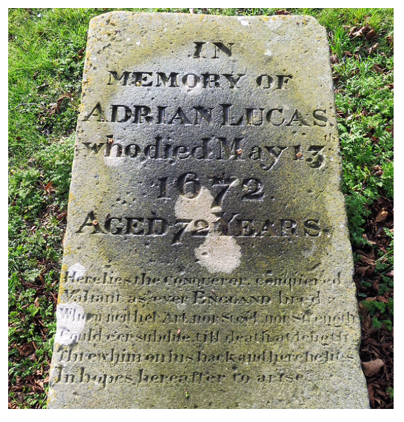
FR
L'AEJeST A 20 ANS !!!!
Le 28 avril 2001 a été un grand jour pour les Jeux et Sports traditionnels. Après quinze ans d'expériences communes et de nombreuses réflexions, cinquante personnes de plusieurs pays européens se sont réunies à Lesneven-Bretagne-France, et ont convenu de créer l'Association européenne des jeux et sports traditionnels. Guy Jaouen a été élu président, les statuts ont été rédigés à Santander le 1er novembre et enfin elle a été enregistrée à la Préfecture de Brest le 8 janvier 2002.
The Bull-Leaping Fresco
The most famous image of bull-leaping is probably the Bull-Leaping Fresco from the palace at Knossos, Crete, Greece. The fresco was painted around 1400 BCE, and depicts a young man
We invite you to learn about the sport of traditional Mexico - Carrera de Arihueta (Rohueliami)
http://www.traditionalsports.org/traditional-sports/north-america/carrera-de-arihueta-mexico.html

